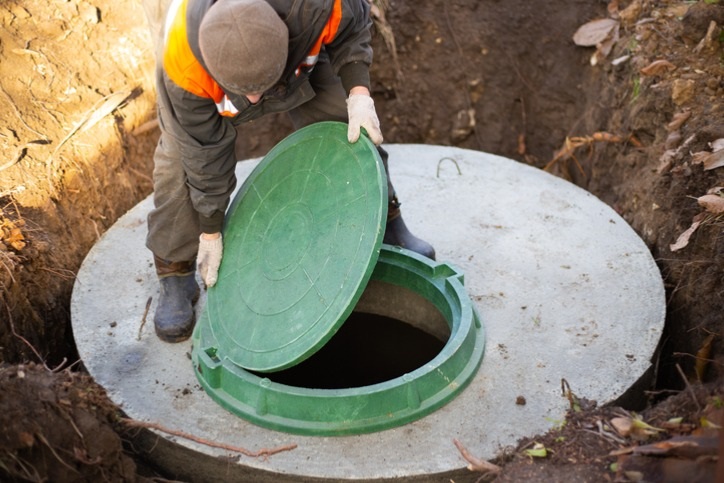In the realm of residential waste management, septic systems stand as silent heroes, efficiently treating and disposing of household sewage in areas beyond municipal sewer lines. Installing a septic system is a crucial undertaking, as it ensures proper waste disposal while maintaining environmental integrity. Understanding the process and importance of septic system installation is paramount for homeowners embarking on this journey.
The Importance of Proper Installation
Septic systems play a pivotal role in maintaining sanitary conditions and preventing environmental contamination. A well-installed system ensures efficient sewage treatment, reducing health hazards and safeguarding water sources from pollution. Additionally, a properly functioning septic system enhances property value and prevents costly repairs down the line.
Choosing the Right System
Before diving into installation, homeowners must select the appropriate septic system for their property. Factors such as soil type, lot size, and local regulations influence this decision. Conventional gravity systems, pressure distribution systems, and alternative systems like aerobic treatment units offer varying benefits and are tailored to specific environmental conditions.
Site Evaluation and Permits
A crucial step in septic system installation is a comprehensive site evaluation. Soil tests assess drainage capabilities, determining the system’s design and placement. Obtaining necessary permits from local health departments or regulatory agencies is essential to ensure compliance with zoning laws and environmental regulations.
Excavation and Tank Installation
Once permits are secured, excavation begins to prepare the site for tank installation. Proper tank placement, typically below ground, is vital for efficient sewage flow and maintenance accessibility. Quality materials and skilled labor ensure the tank’s durability and longevity, minimizing the need for future repairs or replacements.
Distribution and Drainage Components
After the tank is in place, distribution and drainage components are installed to facilitate sewage treatment and dispersal. Pipes, gravel beds, and leach fields work in tandem to distribute effluent into the soil, where natural processes further purify it. Careful installation and precise grading prevent system malfunctions and groundwater contamination.
System Testing and Inspection
Before finalizing installation, thorough testing and inspection are conducted to ensure optimal performance and compliance with regulations. Pressure tests check for leaks and structural integrity, while inspections verify adherence to installation standards and local codes. Addressing any issues promptly guarantees a functional and compliant septic system.
Maintenance and Septic Tank Services
Regular maintenance is crucial for preserving the longevity and efficiency of a septic system. Routine pumping, conducted by professional septic tank services, removes accumulated solids and prevents tank overflow. Inspections, performed every few years, identify potential problems early, averting costly repairs and environmental damage.
Conclusion
Septic system installation is a multifaceted process that demands careful planning, skilled labor, and adherence to regulations. Proper installation not only ensures effective sewage treatment but also protects public health and the environment. Homeowners investing in septic systems should prioritize quality installation and ongoing maintenance to reap long-term benefits. With the guidance of professionals and adherence to best practices, septic system installation can be a seamless and rewarding endeavor.

